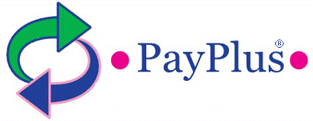Handling new hires, employees claiming ‘exempt’
With 2018 already underway, and last year’s Form W-4 still in use, Payroll pros need clear-cut answers from the IRS about how to handle new hires and employees who claim they’re exempt from withholding.
So it’s a relief that the IRS has issued Notice 2018-14, providing guidance on withholding rules in light of tax reform.
What to do
First, as for new hires, the 2017 Form W-4 can be used until 30 days after the new W-4 is released.
Important: When the new form is available, employees who’ve filled out the 2017 version don’t have to submit a 2018 W-4.
Next, while the 2018 Form W-4 should be available shortly, the IRS doesn’t think it’ll be ready by Feb. 15, 2018 – that’s the day the 2017 exemption from withholding will expire for affected employees.
To account for the delay, the agency has extended the effective period for Forms W-4 completed in 2017 until Feb 28, 2018.
As a way to provide additional flexibility, employees will be allowed to fill out the 2017 W-4 form to claim federal tax exemption for 2018.
This option is available for up to 30 days after the new W-4’s release. Employers can choose from four methods to make the 2017 W-4 valid for use in 2018, which are:
Editing the text of line 7 to remove 2017 and write 2018 in its place
Writing “Exempt 2018” on line 7
Creating an internal process to certify and confirm employees’ exempt status, and signing off on an unedited 2017 W-4 in 2018 and
Similar methods offered in writing.
Withholding changes
Typically, if workers experience a change in a status that reduces their tax withholding allowances, they must complete a new W-4 within 10 days.
Now, such employees don’t have to submit a new W-4 until 30 days after the 2018 W-4 is released.
And if their withholding allowances are only changing because of new tax guidelines, they don’t have to submit a new W-4 at all although they can voluntarily do so at any time.

Recent Comments